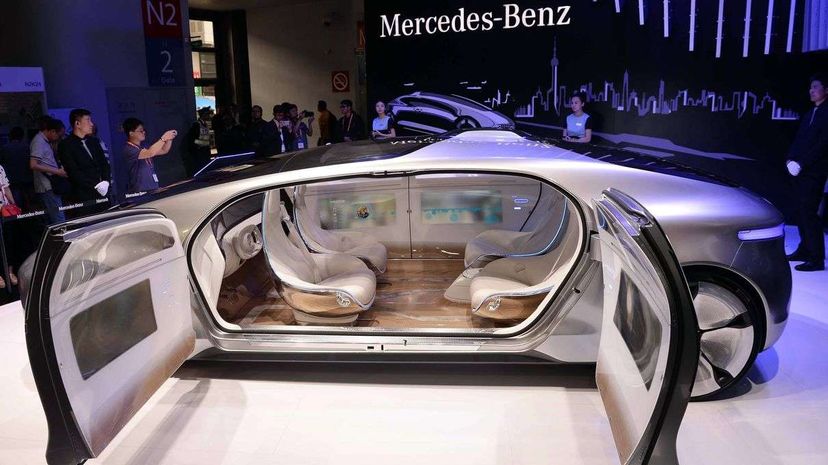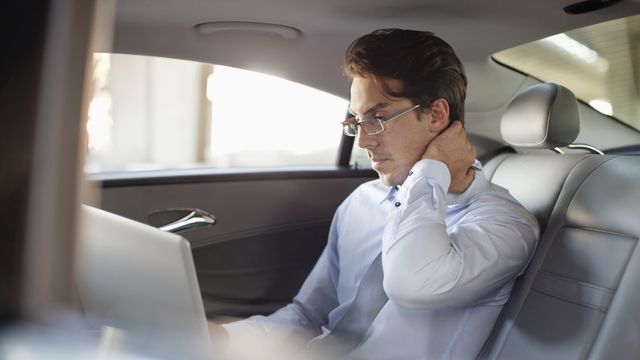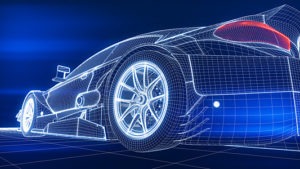\”

Researchers have lots of reasons for touting a future full of self-driving cars. They\’ll make road travel safer; they\’ll reduce traffic congestion; they\’ll allow passengers to safely do the things drivers are already doing, like text messaging in the car. But two researchers have found a potential pitfall to all this safety and convenience: Driverless cars might make you carsick.
Michael Sivak and Brandon Schoettle at the University of Michigan conducted a survey in six countries and found that in a completely autonomous car, people were most likely to say they would watch the road even though they wouldn\’t be driving themselves. Fair enough. But one in 10 Americans said they\’d likely read if the car were doing all the driving, and one in five respondents in China said they\’d be texting or talking to friends and family. These are the kinds of activities that can lead to carsickness.
Sivak and Schoettle explain the critical factors that often lead to carsickness, like a conflict between what your inner ear is detecting and what your eyeballs can see, or the ability to anticipate the direction of movement. Not having control of the vehicle can make motion worse, and in a driverless car, that\’s the whole point.
That\’s why some people who have issues with carsickness as passengers have no problems while behind the wheel. Plus, the direction of a passenger\’s gaze, how much visual information the passenger is able to take in, and the passenger\’s posture all contribute to feeling nauseated (or not).
Watching the road likely will not lead to motion sickness, so those potential passengers are in the clear. Reading and texting, though, can cause a conflict between your inner ear and eyes and keep you from anticipating the direction of movement. Working and playing games could also make you carsick, especially if your gaze were directed down toward your lap.


So what\’s a driverless passenger of the future to do? Well, sleeping has a positive effect on motion sickness, so in Japan, where sleep was the second most popular survey response after watching the road, passengers are more likely to arrive at their destinations fresh and non-nauseated.
The other remedy is in the car\’s design. Sivak and Schoettle recommend large windows, which seems like a perfect solution since so many respondents said they\’d watch the road anyway. The second solution is to provide displays at eye level. The researchers also recommend against the swivel seats that show up in so many concept cars, since the ability to twist and turn the seat increases head motion, which can lead to that conflict between eyes and inner ear. Also, they note that if self-driving cars provide a smoother ride than the cars we\’re driving ourselves, that feature could lessen motion sickness.
Now That\’s Cool
One recent industry study estimates there could be as many as 10 million cars with self-driving features on the roads by 2020.












